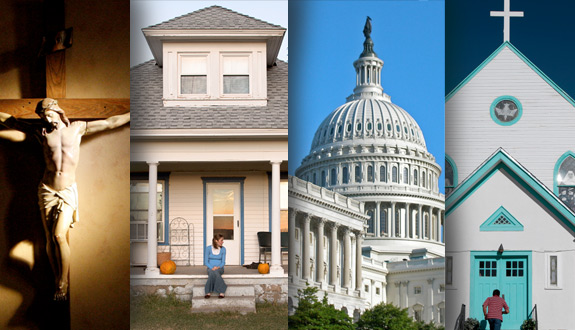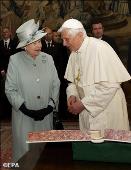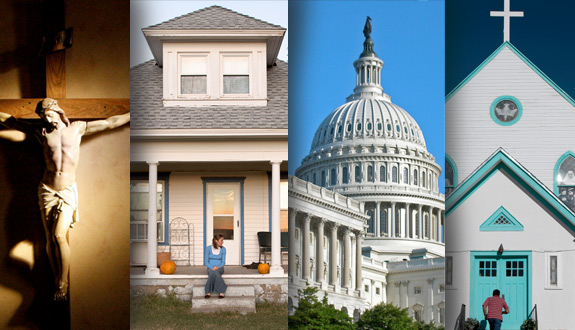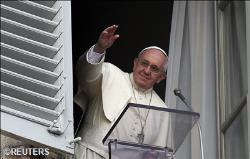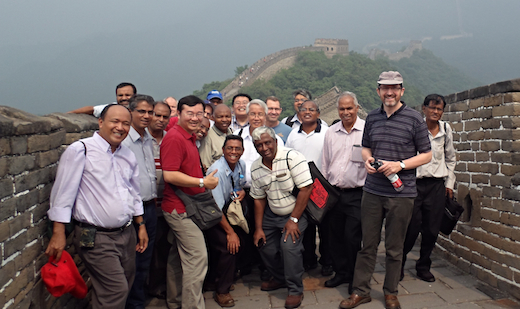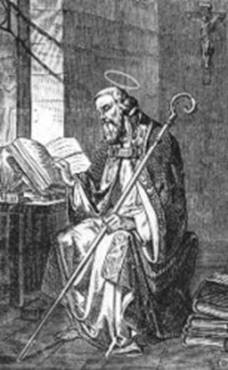
Subsidiarity is integral to a social doctrine based on natural law rather than technology. That ought to be a feature rather than a bug, but in today’s world it means no one can make sense of it or apply it coherently.
The principle tells us that lower level associations such as families and local communities should carry on the greater part of the life of society, and higher level associations such as the state should facilitate their efforts. The point is to make social life more truly human, since face to face communities are more human than the stock market or the Code of Federal Regulations.
The approach is in line with social justice, understood in the Catholic manner as “conditions that allow associations or individuals to obtain what is their due, according to their nature and their vocation.” Lower level associations are due a setting that lets them pursue their vocation effectively, and subsidiarity calls on higher level associations to promote such a setting. It is also consistent with the Holy Father’s call in Evangelii Gaudium for “growth in justice [supported by] decisions, programmes, mechanisms and processes specifically geared to a better distribution of income, the creation of sources of employment and an integral promotion of the poor which goes beyond a simple welfare mentality.” The call is for measures that promote the growth of productive and rewarding connections between the poor and the rest of society, rather than direct delivery of material benefits (which would be “a simple welfare mentality”).
While the approach makes a great deal of sense, it is not always obvious how to apply it. Actions don’t come with labels saying whether they constitute direct state intervention or support for the functioning of individuals and local groups. Nor do general principles make it clear what specific situations are urgent enough to justify the temporary direct intervention in social and economic life for the sake of the common good that Bl. John Paul II mentions in Centesimus Annus. So it seems that subsidiarity is less an enforceable rule that can be applied by anyone regardless of his views on other subjects than a guiding principle for building a good social order that has to be applied prudently, keeping in mind the proper balance of goals and a deep understanding of human nature and the workings of the system.
Unfortunately, that kind of complex, steady, and statesmanlike approach is hard to find in politics today. A basic problem is the difficulty of limiting the modern state and modern economic life. The state doesn’t want to be limited, because people who like to run things believe they know best. And technology has multiplied our ability to buy and sell whatever we need, and seems to hold out the prospect of absolute freedom through unlimited wealth.More……

